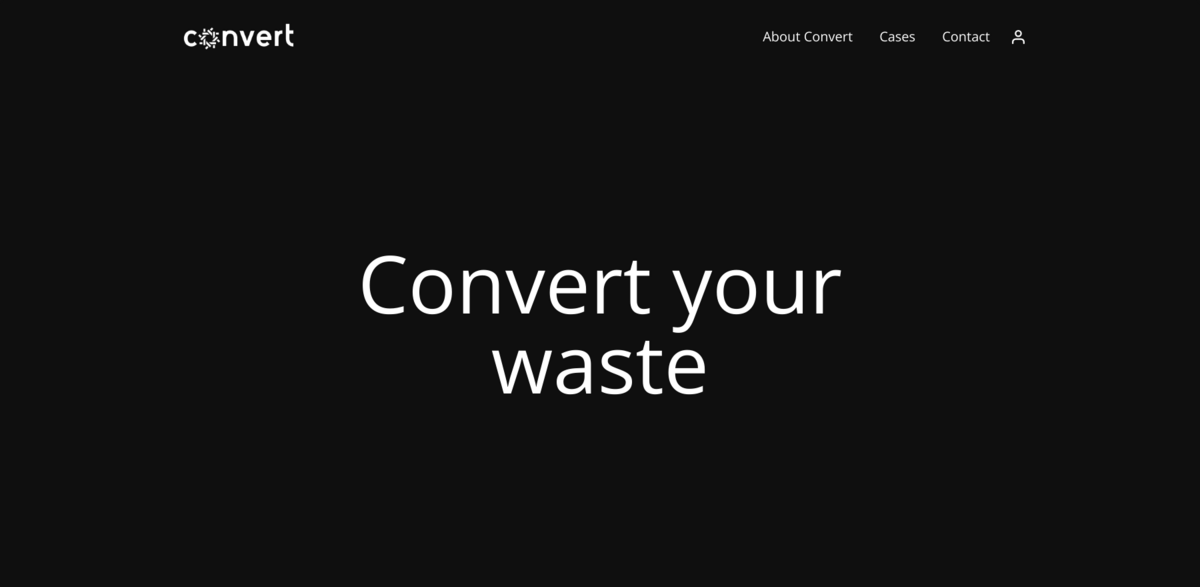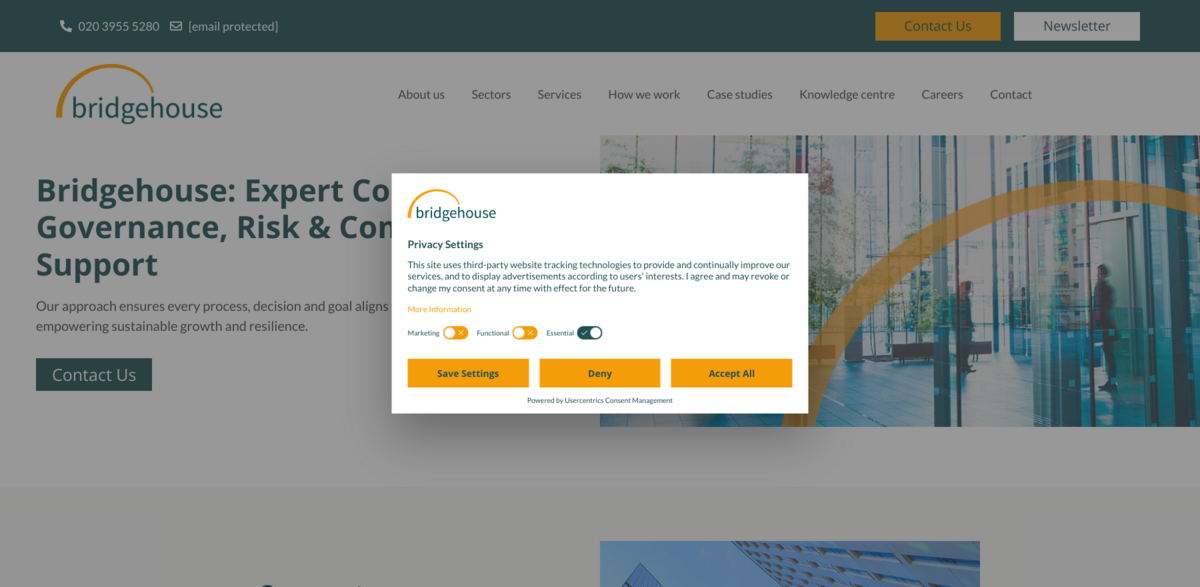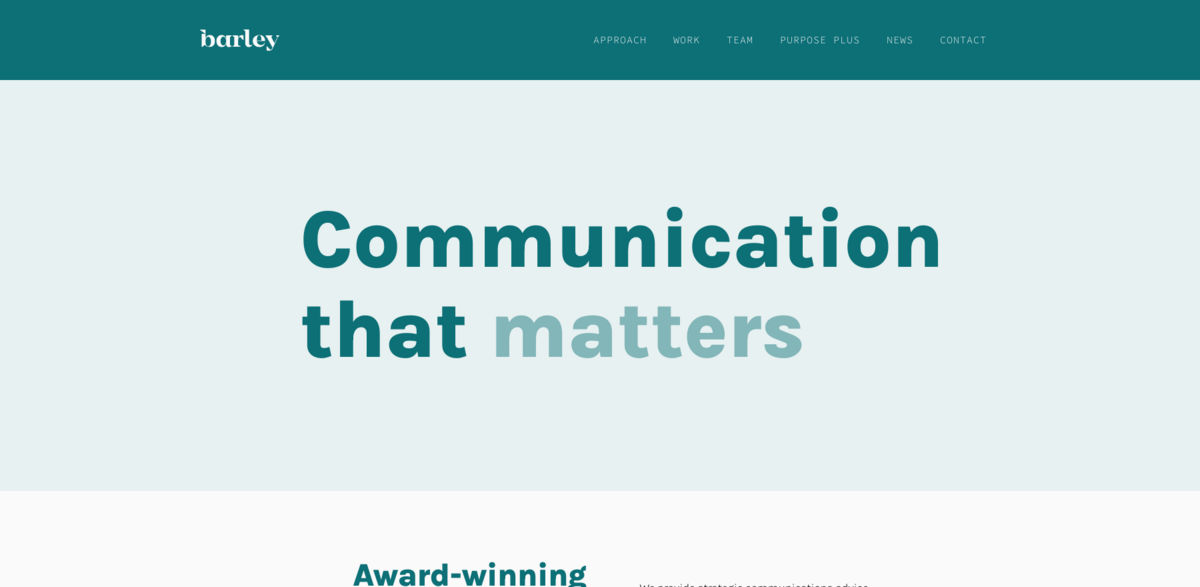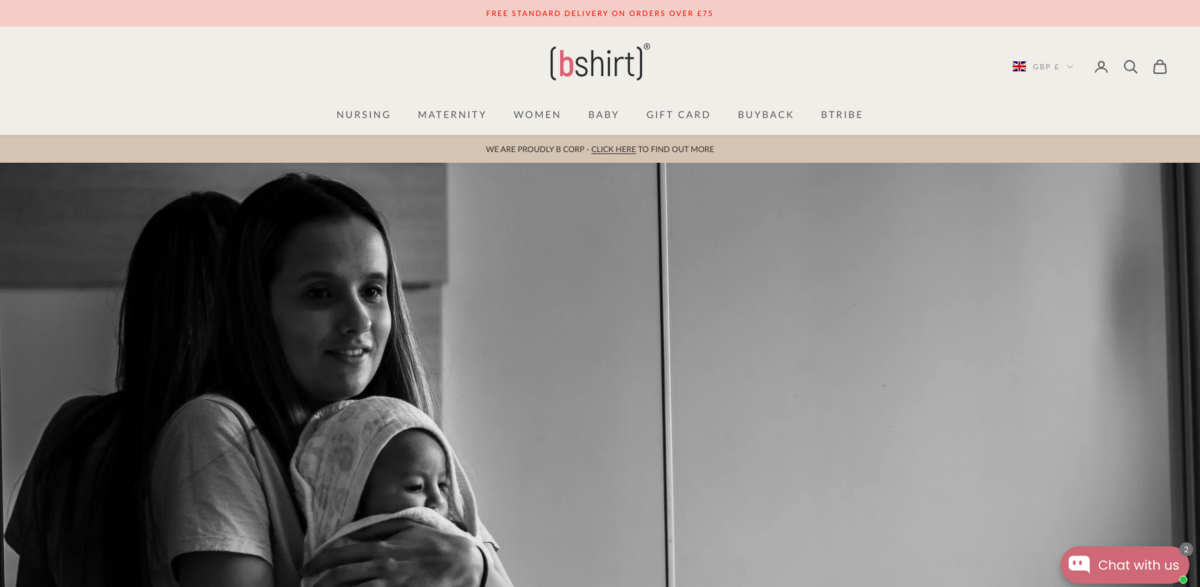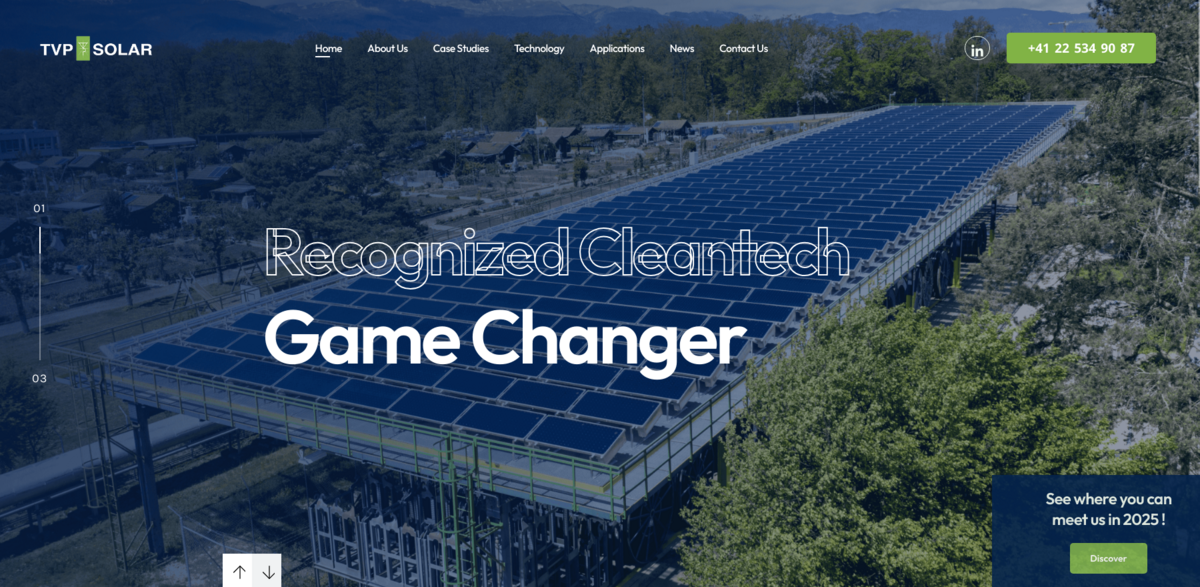What is the Convert Project?
CONVERT YOUR WASTE… The project transforms unexplored materials into new and innovative products used for almost any conceivable purpose, depending on the type of material, the processing, and the finishing. With steadfast experience in processing many end-of-life materials, every material is seen as a chance to be transformed and given a new lease of life. The patented production processes provide real CSR to customers by upcycling waste and biofractions – turning raw waste and bio fractions into durable, sustainable raw materials. This conversion approach supports responsible consumption and circular innovation, reducing the dependency on virgin resources.
Main Benefits and Key Facts
The major advantage of the Convert project lies in its efficient and sustainable production process. The approach not only upcycles waste but also reduces CO2 emissions, ensuring a cleaner future through innovative reuse methods. Key benefits include:
- Conversion of waste into innovative products using unexplored materials
- Solid experience with various end-of-life materials
- Utilization of patented processes for efficient upcycling
- Reduction of CO2 emission by replacing virgin raw materials
- Integration of both bio- and inorganic waste fractions for circular production
Innovative Production Processes
The central production relies on patented technologies – a process that begins with the careful inspection and sorting of raw material. After this, the material is shredded down to a basic fiber, ensuring that nothing goes to waste. The next step, cafting, sees the fibers mixed and transformed into non-woven mats, which are ideal for insulation, acoustics, underlays, upholstery, and many more applications. Finally, these mats can be pressed into solid boards, which are even used for furniture… every stage is meticulously designed to harness the true potential of every waste fraction.
Inspiring Use Cases for Transformative Materials
The project proudly showcases a number of successful cases that highlight the different applications of its upcycled products. For instance, the transformation from textile to tabletop is captured in KVADRAT REALLY, turning what might have been discarded materials into attractive tabletops. Similarly, SØULD converts eelgrass into exceptional acoustic panels, offering both design and performance advantages. MDF REMADE demonstrates how MDF waste can be reconfigured, resulting in sustainable MDF products. Even hemp is used creatively, exemplified by the chic chair from NORMANN COPENHAGEN. These cases serve to remind everyone that nearly any type of waste can provide the foundation for a new, functional product.
Operating Details and Customer Engagement
The project operates through a clear and transparent process where customers deliver waste fractions and get back new raw materials of high quality. The operation is managed from a dedicated location at Håndværkervej 3-7, DK – 7700 Thisted, with a convenient entry at gate 22. Operating hours are set from Monday to Thursday, 7 am to 2 pm – ensuring that interested parties have access to the service during ample working hours. This system not only bolsters customer trust but also encourages the efficient exchange of waste and resources, promoting a balanced cycle of consumption and production.
Exploring the Concept of Circular Production
Using its refined processes, the project demonstrates how waste fractions can be transformed into innovative raw materials. Every element of the process echoes a commitment to sustainability and a circular economy – a modern approach that directly counters the increasing demand for virgin resources. With genuine focus on material transformation, this project shows that converting waste into valued raw materials is not just a possibility but a practical reality. The integration of both biological and inorganic fractions in its patented production process ensures a flexible approach, adaptable to numerous types of waste, all while fulfilling the mission of reducing environmental impact.
Project Impact on Sustainable Development
- SDG 12: Responsible Consumption and Production
- Sustainable upcycling reduces reliance on new raw materials
- Innovative processes help to cut CO2 emissions
- Transformation of waste supports a circular economy
- Enhanced resource efficiency and material reuse
Transforming Waste into a Future of Possibilities
The Convert project is a shining example of how technology and innovation can work together to tackle modern environmental challenges. It is a dynamic model that turns waste into opportunity with creative processes that merge cafting, shredding, and pressing into cohesive production flows. With each stage of the process, small fragments of waste are reimagined by patented technologies into consistent, sustainable raw materials. This revolutionary method of upcycling resonates with anyone who values responsibility and creativity in waste management. The project stands as a testament to the fact that even discarded materials can be reborn into inspiring new products, contributing to a cleaner, more sustainable future… and that vision continues to inspire wider conversations in sustainable production around the globe.

